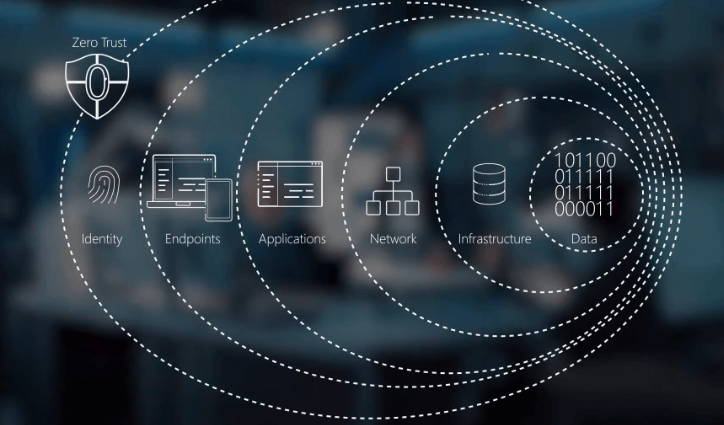The Role of Automation in Zero Trust Security

How can organisations protect their networks from increasingly sophisticated cyber threats? What role does automation play in implementing a Zero Trust model? These questions are at the forefront of modern cybersecurity discussions. Zero Trust has emerged as a vital approach to safeguarding sensitive data and networks by assuming that no user, device, or application should be trusted by default.
Automation is a critical component of this strategy. It enables organisations to enforce strict security measures with greater efficiency and accuracy. This article will explore the role of automation in Zero Trust security and how it helps organisations enhance their defences against cyber threats.
The Need for Automation in Zero Trust
Manual processes are insufficient to manage the dynamic and complex environments that Zero Trust demands. The sheer volume of data and the need for real-time decision-making make automation necessary. Automation enables organisations to apply Zero Trust principles consistently and efficiently across their entire network.
For example, automating the verification of user identities and device health before granting access can significantly reduce the risk of unauthorised access. Automation can also streamline the enforcement of security policies, ensuring they are applied uniformly across the network. This reduces the likelihood of human error, which is often a weak point in security defenses.
Real-Time Threat Detection and Response
One key benefit of automation in Zero Trust is the ability to detect and respond to threats in real-time. Automated systems can continuously monitor network activity, looking for signs of suspicious behaviour. When a potential threat is detected, the system can take immediate action, such as isolating a compromised device or blocking a malicious user.
This real-time response is crucial in preventing the spread of cyberattacks. Automation allows organisations to react to threats faster than human operators ever could, minimising the impact of a breach. By automating threat detection and response, organisations can strengthen their security posture and reduce the window of opportunity for attackers.
Enhancing Access Controls
Access control is a core component of Zero Trust. Automation enhances access control by ensuring people access the right resources at the right time. Automated systems can continuously evaluate access requests based on various factors, including user identity, device health, and location.
For instance, if an employee attempts to access sensitive data from an unfamiliar device or location, an automated system can trigger additional verification steps or deny access altogether. This dynamic approach to access control helps prevent unauthorised access and reduces the risk of data breaches.
Read also The Importance of Proactive Plumbing Maintenance for Businesses
Simplifying Policy Management
Managing security policies across a large, complex network can be challenging. Automation simplifies policy management by allowing organisations to define, enforce, and update security policies consistently. Automated systems can ensure policies are applied across all devices, users, and applications, regardless of location.
Automation allows for rapid deployment without manual intervention when a policy change is needed. This saves time and ensures that security policies are always up-to-date and effective. Automation is essential for maintaining robust policy management in a Zero Trust environment, where security needs to be constantly monitored and adjusted.
Reducing the Burden on Security Teams
The increasing complexity of modern networks and the growing volume of security threats can overwhelm security teams. Automation helps reduce this burden by handling routine tasks like monitoring, logging, and alerting. This allows security professionals to focus on more strategic activities like threat analysis and incident response.
By automating repetitive tasks, organisations can better use their security resources. Automation also reduces the risk of burnout among security teams, which can lead to errors and oversight. In this way, automation enhances security and supports the overall well-being and effectiveness of security personnel.
Zero Trust security and automation offer a powerful defence against the sophisticated attacks businesses face today. By embracing automation, organisations can ensure that their Zero Trust initiatives are effective and sustainable. It provides the protection needed in an increasingly complex digital world.





